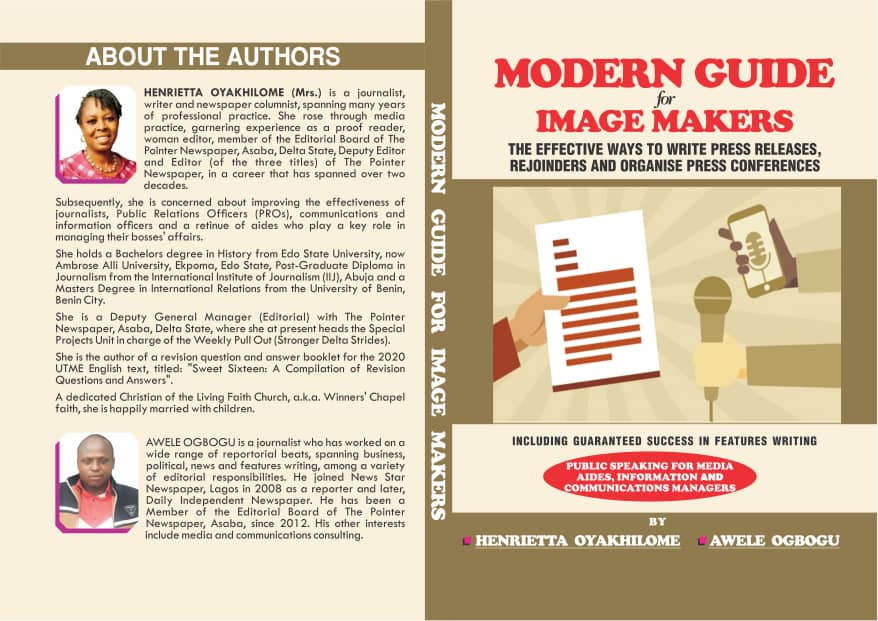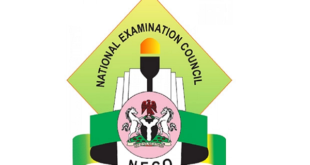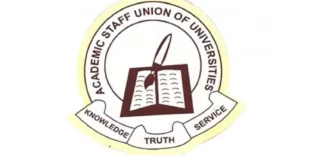Title: Modern Guide for Image Makers: The Effective Ways to Write
Press Releases, Rejoinders and Organise Press Conferences
Authors: Henrietta OYAKHILOME
Awele Ogbogu
Publisher: UCC Publishers, Onitsha
No. of Pages: 165
Reviewer: Stella O. EGBRA, PhD, Head, Department of Mass Communication, Delta State Polytechnic, Ogwashi-Uku, Delta State.
My first thought within the first few minutes of reading Modern Guide for Image Makers: The Effective Ways to Write Press Releases, Rejoinders and Organise Press Conferences was “whoa! I wish I was the Public Relations Officer of a powerful politician, I would have adopted this book as my second bible and guidebook in discharging my duties because it simplifies everything about my functions.” Then, I suddenly remembered I am supposed to review the book, not enjoy it.
Several books on image makers and press releases exist, but one of the best books is Modern Guide for Image Makers: The Effective Ways to Write Press Releases, Rejoinders and Organise Press Conferences, and it forms the subject of this short review. This book is coming at no better time than now that Nigeria is preparing for the 2023 general elections, and the media are saturated with accusations and counter-accusations from political opponents who are trying to outdo each other via the media space. Press releases and rejoinders are issued periodically, and press conferences are being organised. Eloquent people with a confident display of public speaking skills are being appointed as spokesmen for candidates and political parties.
The book typically clarifies and extends on how public and private organisations can successfully exhibit their plans, strategies, products, and services. Additionally, it teaches political actors – particularly media handlers – how to control and clean up the reputations of their leaders by crafting strong press releases, and rebuttals, and planning successful press conferences. It has one thing or the other for all those involved in the media business.
Given the intellect behind it, I am not surprised by the rich contents of this book. The authors have a solid foundation in media practice and have gathered a plethora of knowledge over many years. Henrietta Oyakhilome is an experienced journalist, author, and newspaper columnist, who has worked as a proofreader, Woman Editor, Member of the Editorial Board, Deputy Editor and Editor (of the three titles) of The Pointer Newspaper in Asaba, Delta State. She is currently a Deputy General Manager (Editorial) who also oversaw the Special Projects Unit at the Pointer Newspaper in Asaba, Delta State, where she served as head of the Special Projects Unit in charge of the Weekly Pullout (Stronger Delta Strides). Likewise, Awele Ogbogu is a journalist with experience in a wide range of editorial duties as well as business, political, news, and features writing. He, too, has been a part of The Pointer Newspaper’s editorial board in Asaba since 2012.
I agree wholeheartedly with Charles Ehiedu Aniagwu, the Delta State Honourable Commissioner for Information, who stated in the book’s Foreward that he thinks this book provides the only comprehensive guide to writing press releases as well as a beginner’s guide to writing effective press releases and its secrets. The book was meticulously assembled and written. It includes parts specifically devoted to the mistakes one should avoid in order to become a truer or more effective professional.
In four parts (A to D), broken into twenty chapters, Oyakhilome and Ogbogu provide the definitive guide on writing press releases, rejoinders, organising press conferences, and developing public speaking skills that are essential to the effective functioning of image makers and all other individuals in all communication-based fields.
Part A of the book tagged “Better Ways to Write Press Releases” runs from Chapter one to Chapter fifteen. Chapter one defines what a Press Release is. Chapter two lists the types of Press Releases. Chapter three highlights the Ten Commandments of a Press Release. Chapter four talks about Press Release Structure and Format. Chapter five underlines the Fast Tips for Better Press Releases. Chapter six gives Powerful Adjectives and Verbs for Eye-Catching Headlines. Chapter seven is about Advanced Guide to Writing Powerful Press Releases. Chapter Eight identifies the Common Mistakes to avoid while Chapter nine pinpoints the Words That Kill Press Release Headlines.
Chapter ten is on the Right Press Release Length. Chapter eleven teaches How to Use Quotes in a Press Release. Chapter twelve dwells on the Review of the Basic Rules of Writing a Press Release. Chapter thirteen preaches the Best Practices for Getting Your Press Releases Out. Chapter fourteen counsels on What To Do Before Concluding Your Press Releases while Chapter fifteen displays some Samples of Press Releases. Part A makes it possible to write press releases without making mistakes or oversights. It illustrates in a visual way how one can improve or perfect the writing of press releases, which elevates one to the status of an expert and aids in moving the media ahead.
Part B is tagged “How to Write Convincing Rejoinders.” It has Chapter sixteen entitled “Rules for Writing Rejoinders”, and Chapter seventeen with the title “Sample Rejoinders.” In this Part, the reader is introduced to the idea of writing reports that uphold one’s principal or organisation despite any initial criticisms intended to denigrate their principal or organisation.
Part C of the book is captioned “Successful Press Conferences”, and it has just Chapter eighteen enumerates the Rules for Successful Execution of Press Conferences. This Part is organised to satisfy professional standards while setting up a press conference. It gives the reader the much-needed practical experience in organising successful press conferences that will thrill the media and quickly result in goal attainment.
Part D is captioned “Speech Communications and Features Writing Skills.” It is made up of Chapter nineteen which highlights Public Speaking Skills, and Chapter twenty that assures Success in Features Writing. This final Part is expertly written to portray the reader as a seasoned public speaker who can rise to the occasion, preside over any public event with the highest efficiency, and easily establish his or her authority.
Simply put, this book discusses the development of press releases, its history, and strategies for writing effective press releases. It explains how to create press releases and how to use social media, such as Facebook, Twitter, and others, to distribute them. Expectations of the media, how media tools are
distributed, and additional opportunities for public and media interactions are all extensively explored.
To ensure that dealing with the media provides one with the finest professional experience possible, the authors have meticulously spelt out important rules for successful information and communications practice as well as for successful goal planning moving forward. This is especially true because success in the communications and information industry depends on an individual’s ability to comprehend the demands of journalists, media influencers, and the general public.
Basically, by offering updated information on contemporary press releases and rejoinders, this book makes preparing press releases and rejoinders easier. It gives readers more information on how to plan effective press conferences and also reveals how to develop the necessary public speaking abilities. Additionally, it provides advice and best practices from a variety of sources, while avoiding pitfalls when dealing with the media, such as newspapers, magazines, television, radio, and blogs that frequently highlight daily events, products and services, programmes, and happenings by assisting journalists to understand expectations and to be in control. However, the binding is the book’s main point of failure. The pages are not properly glued together, and there is every tendency that they may start to fall off after some time. That did not, however, take away from this book’s insights or its lessons.
The writing style of this book is excellent, and its grammatical knowledge is unquestionable. From the first page to the last, the book will keep you engrossed. The narrative is gripping, the language is straightforward, and the teachings are timeless. It is a book that needs to be widely distributed. The book is multi-disciplinary in nature with respect to its subject matter, so I recommend it to academics, journalists, media researchers, public relations professionals, all those managing brands, public and private figures, leaders, producers of products and services, journalism schools, students and lecturers of mass communication and media studies at our various higher educational institutions, and the general public. The book serves as a guide for living for the public and everyone involved in media operations.
THANK YOU!
Subscribe to the Advocate News letter and receive news updates daily in your inbox.
 Advocate.ng Latest news update on politics, entertainment, sport and more
Advocate.ng Latest news update on politics, entertainment, sport and more




